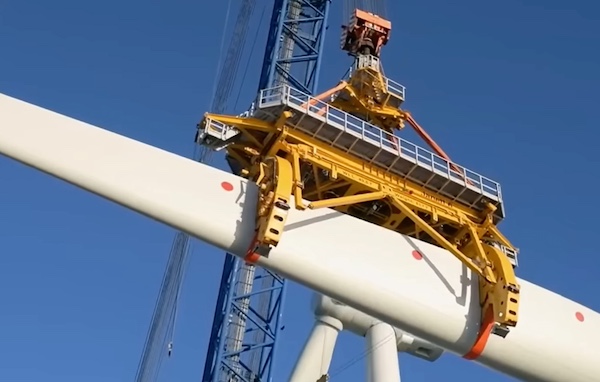
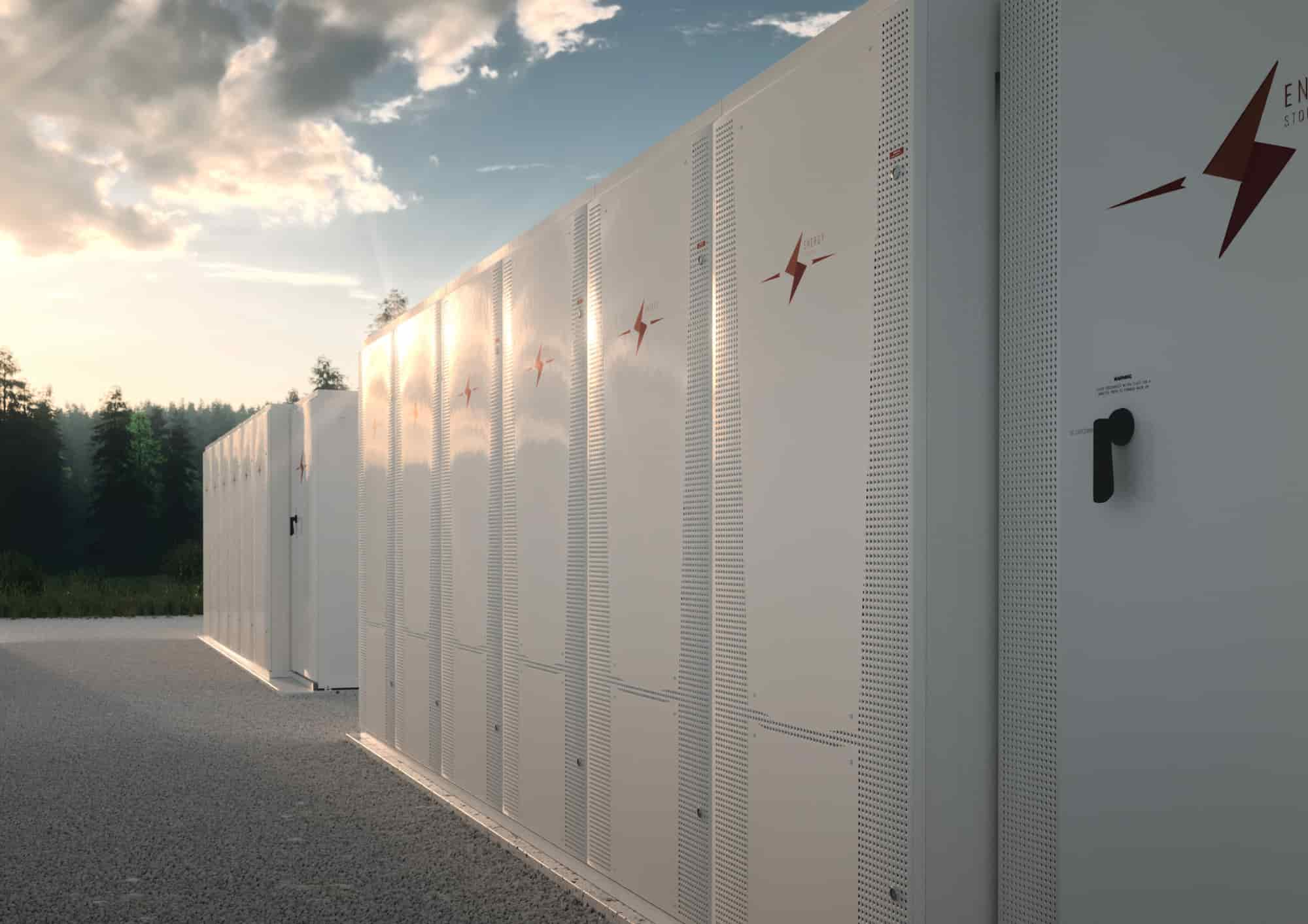
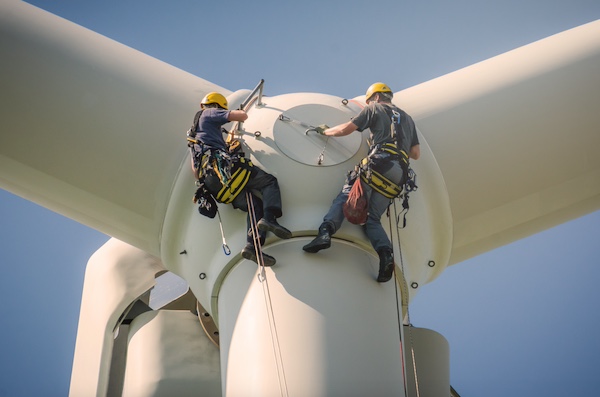

Governor Kathy Hochul and U.S. Senate Majority Leader Charles Schumer announced the start of construction on the first phase of the $319 million Edwards Vacuum dry pump manufacturing facility, located in the Genesee County town of Alabama. The British-based global leader in vacuum and abatement equipment for the semiconductor industry, part of the Atlas Copco Group, chose the Western New York Science & Technology Advanced Manufacturing Park in Genesee County as the location for its new U.S. dry pump manufacturing facility. The technology produced at the new facility is a vital component to controlling the highly sensitive environment of semiconductor manufacturing processes. Edwards Vacuum's decision to invest in New York State followed passage of the federal CHIPS and Science Act, New York’s Green CHIPS legislation, and the domestic semiconductor industry growth the complementary programs have spurred, including Micron's unprecedented $100 billion commitment to Central New York, which is expected to create nearly 50,000 jobs.

“As a Western New York native, I experienced the years of decline from the exodus of manufacturing from Upstate New York,” Governor Hochul said. “Those days are over. The start of construction on the newest Edwards Vacuum facility signals the beginning of a new chapter for both Western New York and the Finger Lakes regions. Edwards’ choice to build in New York State brings hundreds of good paying jobs and millions of dollars in investment Upstate while helping strengthen our domestic semiconductor supply chain, shorten delivery times for suppliers like Micron, reduce carbon emissions, and bolster national security.”
Senate Majority Leader Chuck Schumer said, “Today is a great day for the Western New York and Finger Lakes region, with Edwards Vacuum breaking ground on its $300+ million manufacturing plant, which will create an estimated 600 good-paying jobs and boost New York’s already booming semiconductor supply chain. Thanks to my CHIPS & Science Act, which continues to deliver investment after investment for Upstate NY, we are adding another stop to our semiconductor superhighway along the booming I-90 corridor Tech Hub with Edwards Vacuum’s groundbreaking today. I pushed Edwards Vacuum to come to New York because I knew we had the resources, infrastructure, and most importantly, the world-class workforce, to host this major company right here in Genesee County. Edwards is a leading developer of some of the most cutting-edge dry pumps needed to bring the massive cleanrooms of chip manufacturing fabs to life, and with their investment, we are helping bring one of the most critical elements of the semiconductor supply chain to Upstate NY. This is yet another example of my CHIPS & Science Law bringing manufacturing back to America, especially Upstate NY, and is only the beginning of the next chapter in Upstate NY’s manufacturing renaissance.”
Construction on the $127 million first phase of Edwards Vacuum's 240,000 square-foot campus will include manufacturing, warehouse, and administration facilities, with a capacity to produce 10,000 dry pumps per year. The all-electric facility will strive for LEED certification, with a majority of the power generated via hydroelectricity.
Edwards’ commitment to build in the U.S. comes after significant investments by the Biden Administration to increase domestic chip manufacturing, and the passage of the federal CHIPS and Science Act and New York’s Green CHIPS legislation, as well as a growing need to support its customers in North America. Edwards dry pumps are currently manufactured in Asia. By bringing manufacturing to New York, Edwards customers – including Micron and GlobalFoundries in New York, and Intel in Ohio – will experience shorter wait times, improved responsiveness and reduced CO2 emissions from an American-made product. Edwards estimates that when phase one is operational, it will reduce CO2 emissions by 13,000 tons per year.
Empire State Development has awarded Edwards Vacuum up to $21 million through a combination of performance-based Excelsior Jobs Tax Credits and Investment Tax Credits in exchange for 600 jobs, and an additional $1 million to support workforce development efforts and the training of a diverse and inclusive workforce. Additionally, the New York Power Authority is supporting the project though a 4.9-megawatt (MW) low-cost Niagara hydropower allocation and a 2.1 MW of High Load Factor power allocation that NYPA will procure for Edwards on the energy market. Low-cost Niagara hydropower is available for companies within a 30-mile radius of the Power Authority's Niagara Power Project or businesses in Chautauqua County.
Empire State Development President, CEO and Commissioner Hope Knight said, “The start of construction for Edwards Vacuum’s new facility signals that hundreds of good jobs and millions of dollars in investments are headed to Upstate New York. We are well on our way to becoming a global hub for advanced manufacturing and building a strong semiconductor ecosystem in New York State.”
New York Power Authority President and CEO Justin E. Driscoll said, “By leveraging low-cost hydropower, NYPA plays a pivotal role in attracting manufacturers of advanced technologies to New York. Edwards will be a key supply chain partner in New York’s globally recognized semiconductor industry, and the firm’s expansion will stimulate the region’s economy—creating hundreds of jobs and spurring hundreds of millions in capital investments.”
Semiconductors, and their supply chain partners, are vital to the nation's economic strength, serving as the brains of modern electronics, and enabling technologies critical to U.S. economic growth, national security, and global competitiveness. The industry directly employs over 277,000 people in the U.S. and supports more than 1.8 million additional domestic jobs. Semiconductors are a top five U.S. export, and the industry is the number one contributor to labor productivity, supporting improvements to the effectiveness and efficiency of virtually every economic sector — from farming to manufacturing.
Governor Hochul has taken significant action to ensure that New York plays a vital role in the reshoring of the semiconductor industry including New York's nation-leading Green CHIPS program that is attracting top semiconductor manufacturing businesses to the state and securing commitments to good-paying jobs, sustainability, and community benefits. Additionally, Governor Hochul created the $200 FAST NY program in 2022 to support the preparation and development of sites across the state. This program was designed to jumpstart New York's shovel-readiness and increase its attractiveness to large employers, such as semiconductors and clean tech and high-tech manufacturing companies. Since the program’s inception, ESD has awarded $175 million to 20 sites across every upstate region, including the Science & Technology Advanced Manufacturing Park (STAMP), to develop more than 2,500 acres. Governor Hochul also created the Governor’s Office of Semiconductor Expansion, Management, and Integration (GO-SEMI), which leads statewide efforts to develop the chipmaking sector.
In the FY 2025 Enacted Budget, Governor Hochul doubled down on her commitment to establish New York as a global hub for semiconductor research and manufacturing, including:
The bipartisan CHIPS and Science Act creates an Investment Tax Credit for semiconductor manufacturing facilities and supply chain partners such as Edwards Vacuum as well as a first of its kind $52 billion in federal incentives, which Edwards is pursuing, to spur American semiconductor research, development, manufacturing, and workforce training to bring good-paying jobs back from overseas, strengthen national security, and reestablish America's technological leadership. The bill requires recipients of these incentives to make significant worker and community investments that support broad-based economic growth.
Accelerating Finger Lakes Forward
Today’s announcement complements “Finger Lakes Forward,” the region’s comprehensive strategy to generate robust economic growth and community development. The regionally designed plan focuses on investing in key industries including photonics, agriculture and food production, and advanced manufacturing. More information is available here.
NY Governor | exec.ny.gov

Anker SOLIX, a global leader in power delivery and energy storage systems, has announced the commercial launch of the Anker SOLIX X1 Home Energy Storage System across North America. The X1 home backup power system features a stackable and compact modular battery design, wide temperature range performance and an innovative energy optimizer. This combination aims to redefine residential backup power, offering significant cost savings and increased energy independence.

The Anker SOLIX X1 is available to order today by contacting the sales team.
"Soaring energy bills, power outages and the shift toward eco-friendly living are driving more people to residential solar energy backup," said Shaun Xiong, General Manager of Anker SOLIX. "You need a way to store that energy — and the Anker SOLIX X1 is the answer. With Anker's experience in battery technology, the X1 delivers excellent off-grid performance, especially in extreme cold or heat. We want to provide a way for homeowners to store and manage residential energy use for a more sustainable future."
High Performance, Whole Home Backup Power
The Anker SOLIX X1 Home Energy Storage System is crafted to provide residential developers with a comprehensive and scalable energy storage system for smart homes in the United States, Mexico and Canada. The Anker SOLIX X1 boasts a sleek design and advanced features ensuring a steady and sustainable power supply, catering to the growing demand for energy independence for solar-enabled homes facing grid instability and potential power-outages.

Anker SOLIX | https://www.anker.com/anker-solix
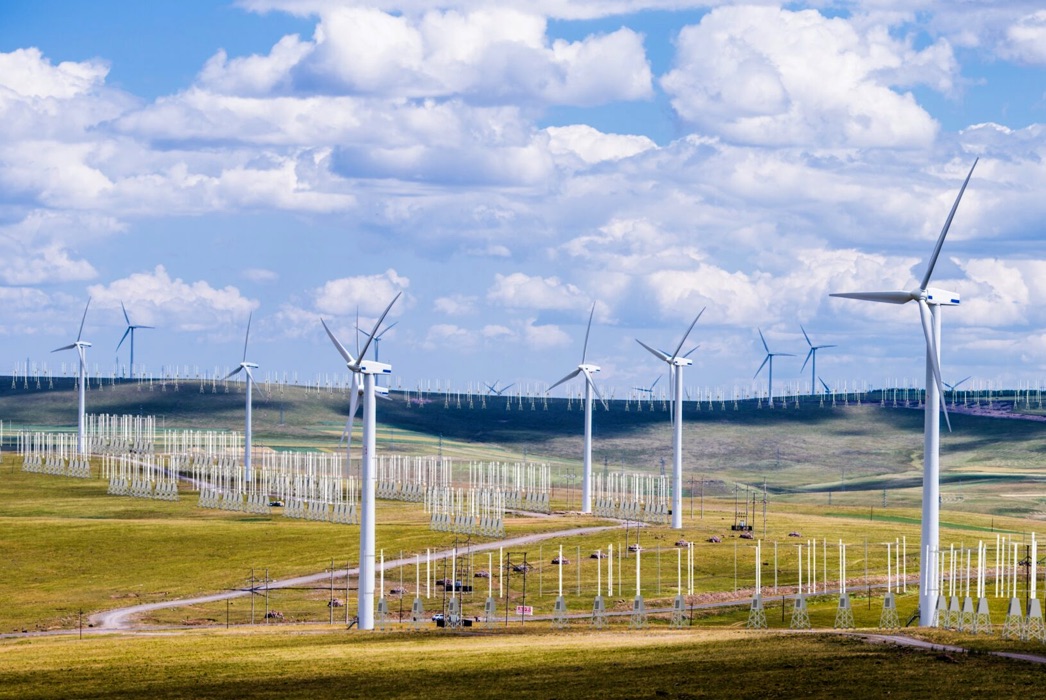
A new study by Wind Harvest, a company that is building a novel type of short, utility-scale turbine, has found that mid-level wind (turbulent wind that blows between 5 and 30 meters) has been dramatically underestimated as an energy source in California’s goal to reach “net-zero” carbon emissions by 2045. The report estimates, if utilized to its fullest potential, mid-level wind in California’s five Wind Resource Areas could provide enough energy to achieve 33% of California’s goal of achieving carbon neutrality.
In the report, Wind Harvest documents how it spent years trying to understand why such a valuable, underused renewable energy resource has been neglected by state policymakers and private investors alike. This report details both why mid-level wind has been underestimated and what its impact really looks like statewide.
According to meteorologists who worked on the state’s original wind studies, when the California Energy Commission (CEC) conducted large-scale assessments of wind viability in the state in the late 1970s and early 1980s, they found mid-level wind to be a viable resource worthy of investment. Hundreds of FloWind vertical-axis wind turbines (VAWTs) were built to take advantage of the mid-level wind that blows underneath the much taller, traditional “horizontal-axis wind turbines (HAWTs). However, sometime after the “wind shear” data that was stored on computer discs was lost.
When the National Renewable Energy Laboratory (NREL) decided to produce wind resource maps showing wind speeds at 30m above ground, they used wind shear “exponents” from national averages and not the much lower wind shears found in California’s passes and ridgelines where its wind farms are located. The result was an unfortunate set of mapping errors. Because of this, the knowledge of the high average annual wind speeds nearer the ground in the state’s wind resource areas was subsequently underestimated and mostly forgotten.
Wind Harvest’s CEO Kevin Wolf said of the report: “We began researching this topic with the goal of understanding why there was a market inconsistency between the CEC and US DOE’s unwillingness to invest in mid-level wind turbines like ours that can utilize this vast untapped resource we knew existed. Our co-founder Bob Thomas managed the CEC’s wind energy program in the early 1980s when the first near-ground (10m) wind speed data was collected. His vision of creating vertical-axis wind turbines capable of harvesting this resource has been foundational to our work. We hope that these new wind maps and data will compel stakeholders and policymakers to act swiftly and update their plans for the future of renewable energy in the state with this rediscovered information.”
Alongside this report, Wind Harvest has been periodically releasing regional Wind Resource Area reports showing the potential for adding short VAWTs under and around the existing turbines.
The report points out that installing VAWTs (such as Wind Harvest’s Wind Harvesters) in existing wind farms would significantly increase their energy production and would be easier to permit and build because the infrastructure already exists. The concept, akin to in-fill housing, is to place tens of thousands of VAWTs beneath the much taller HAWTs to capture the mid-level winds the taller turbines cannot capture.
These regional reports have shown that their turbines have the potential to quadruple the energy output in the San Gorgonio Pass, quintuple the energy output in the Solano Wind Resource Area, and nearly triple the energy output in the Tehachapi Wind Resource Area. In just the state’s five largest wind resource areas, building out the mid-level wind resource could supply enough energy to power 4.5 million Californians’ homes per year.
According to its website, Wind Harvest is completing the last steps of the wind turbine commercialization process. When third-party certification has been completed, the company can begin selling Wind Harvester VAWTs to commercial and utility customers. They predict their turbines will vary in capacity from 50 kilowatts (“kW”) to 250kW. Their blade tips can be as low as 60 feet above the ground. All are designed for the turbulent and gusting mid-level wind that traditional turbines are unable to use.
Wind Harvest | https://www.windharvest.com

The U.S. Department of Energy (DOE) Office of Energy Efficiency and Renewable Energy (EERE) announced its intent to issue multiple funding opportunity announcements (FOAs) totaling over $100 million for field demonstrations and other research to support better planning and operation of the electric grid.
The United States’ transition to a decarbonized, clean energy future requires transformations across the electricity system, including at the “grid edge”, where buildings, industry, transportation, renewables, storage, and the electric grid come together. This investment will fund field demonstrations and other research to support better planning and operation of distributed energy systems. It will also help optimize systems with grid-connected buildings and vehicles powered by clean, distributed energy generation and show these advanced technologies are reliable, secure, and ready to support a clean energy economy for all Americans. These efforts are aligned with Earthshots such as the Affordable Home Energy Shot, the Clean Fuels and Products Shot, and the Industrial Heat Shot and will help reduce grid capacity barriers to clean energy deployment.
“To deploy clean energy faster across the United States, we need to bring more local, renewable sources onto the grid,” said EERE Principal Deputy Assistant Secretary Jeff Marootian. “Better built environments will make clean energy more affordable and accessible, and create a more secure, resilient energy future for the American people.”
The U.S. electric grid is moving from a system where power flows only from big generators to end users, to one that is bidirectional, enabling a two-way flow of electricity from end user to the grid and back. Technologies such as rooftop solar, electric vehicles, and storage can increase grid resiliency but also add complexity and new challenges to the system. The projects selected under these FOAs will strengthen the integration of these resources, support grid planning and operation, and enable the widespread and equitable deployment of these technologies.
The anticipated FOAs include:
The offices leading the FOAs are the Building Technologies Office, Solar Energy Technologies Office, and Vehicle Technologies Office, in collaboration with the Geothermal Technologies Office, Industrial Efficiency and Decarbonization Office, Wind Energy Technologies Office in EERE, and DOE’s Office of Electricity.
For more information, read the full notice of intent.
DOE | energy.gov/eere

The New Mexico Renewable Energy Transmission Authority (“RETA”) is pleased to announce Lynn Mostoller will be its next Executive Director beginning July 1, 2024.
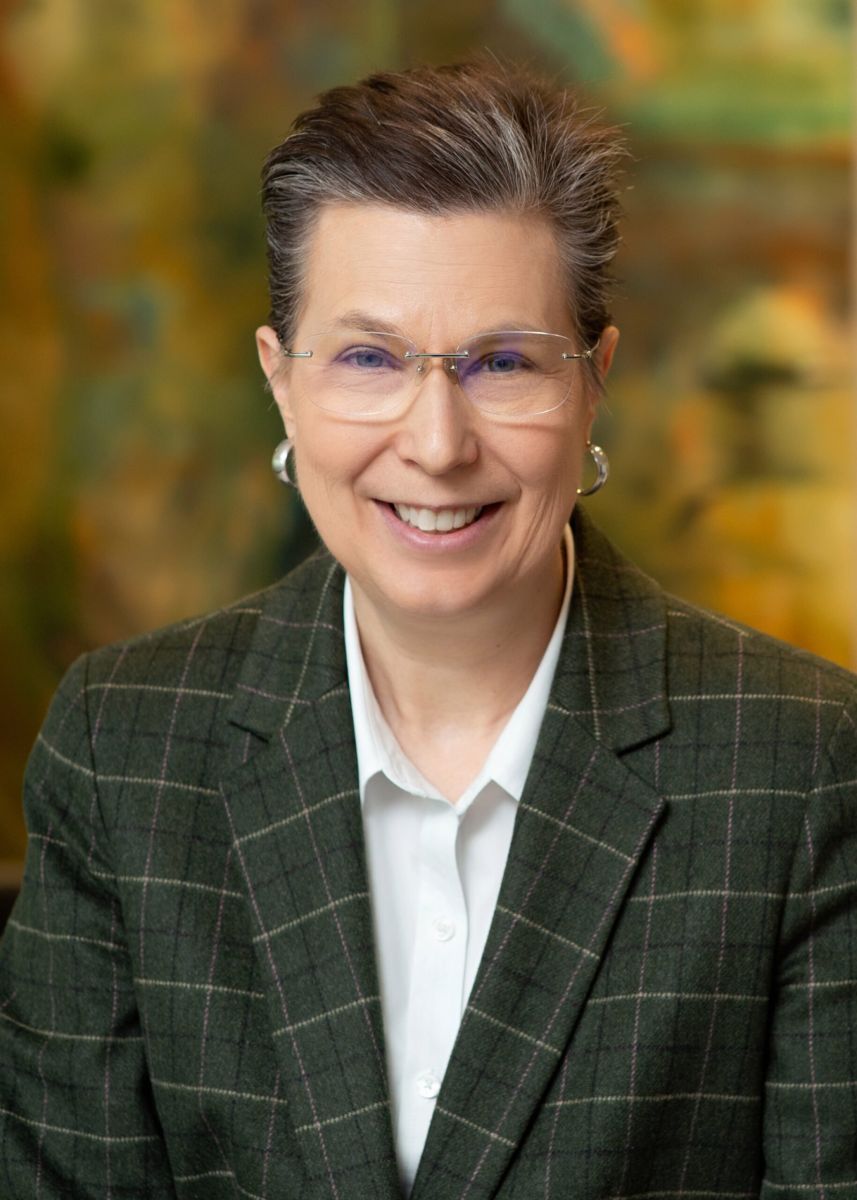 Ms. Mostoller comes to RETA after practicing law in New Mexico for nearly 20 years. She is a graduate of the University of New Mexico School of Law. Ms. Mostoller is currently a shareholder with Sutin Thayer & Browne law firm. For the last 10 years, her legal practice has focused on the development of renewable energy projects in New Mexico, including serving as RETA’s general counsel.
Ms. Mostoller comes to RETA after practicing law in New Mexico for nearly 20 years. She is a graduate of the University of New Mexico School of Law. Ms. Mostoller is currently a shareholder with Sutin Thayer & Browne law firm. For the last 10 years, her legal practice has focused on the development of renewable energy projects in New Mexico, including serving as RETA’s general counsel.
"As RETA sought out a new Executive Director, we were fortunate to have a group of very qualified candidates. However, Lynn, having served as RETA’s General Counsel for more than eight years, provides a level of continuity and knowledge of RETA’s operation that is hard to beat. While we will miss Fernando Martinez’s past leadership, I have no doubt Lynn will guide NM RETA into the future with ever more success," said Robert Busch, RETA's Board Chair.
RETA is a state authority created in 2007 by the New Mexico legislature and governed by a seven-member volunteer board of directors, holding regular public meetings and hearings. Its mission is to develop transmission and storage capacity for New Mexico’s valuable renewable resources. With Pattern Energy, it has co-developed the Western Spirit Transmission Project, which was put into service in 2021, and the SunZia Transmission Project, which is currently in construction. In addition, RETA is co-developing the Mora Line Transmission Project with Ameren Transmission, the Rio Sol Transmission Project with Southwestern Power Group, and the North Path Transmission Project with Invenergy.
New Mexico Renewable Energy Transmission Authority | https://nmreta.com

Oceantic Network’s International Partnering Forum (IPF) concluded Thursday after four days packed with new announcements and insights from offshore wind industry leaders and government officials. The largest offshore wind conference in the Americas, 2024 IPF gathered 3,400 attendees from 32 countries, who met with 400 exhibitors and heard from over 350 speakers. From a new 5-year leasing schedule to key supply chain growth announcements, IPF Week showcased the enthusiasm of the industry to share knowledge and collaborate in order to build the industry along U.S. coastlines.

This year’s IPF hosted the first ever FloatON Summit, a two-day series of talks and panels dedicated to floating offshore wind. Speakers at FloatON included Maine Governor Janet Mills, RCAM Technologies Founder & CEO Jason Cotrell, Venterra Group CEO Philippe Kavafyan, and others. In her keynote address, Mills announced that Maine had begun the process to secure up to 3,000 MW of offshore wind power generation by 2040. The Maine Governor’s Energy Office (GEO) simultaneously released a Request for Information seeking public input on the state’s first commercial offshore wind solicitation.
“The Oceantic Network’s annual IPF continues to be the place where the industry gathers to forge the connections needed to bolster an expanding industry and together discuss the challenges and opportunities we must face head on in the months and years ahead,” said Oceantic Network CEO Liz Burdock. “The industry’s success continues to be driven by steadfast effort from stakeholders; policymakers, regulators, investors, companies, and the American public continue to voice their confidence in offshore wind and move the industry forward. As our industry has moved from planning to execution, IPF allowed these stakeholders to come together and envision a future powered by offshore wind.”
This year’s plenary session was filled with energy and served as a platform for several key announcements that will positively shape the industry. New York State Energy Research & Development Authority (NYSERDA) President and CEO Doreen Harris took the stage to address the state’s path forward following last week’s announcement. Harris laid out details of New York’s fifth offshore wind solicitation round and expressed the state’s intent to request another lease sale by BOEM in the New York Bight. Deputy Secretary of Energy David Turk discussed $200+ million in 48C tax credits for offshore wind supply chain manufacturing and announced $48 million in funding for new research & development on offshore wind in the Great Lakes. To close out the Plenary Session, Secretary of the Interior Deb Haaland announced the Bureau of Ocean Energy Management’s intention to conduct a dozen new offshore wind lease sales over the next five years on the East, West, and Gulf Coasts, as well as Hawaii.
In addition to the Plenary Session and FloatON Summit, 2024 IPF featured 100+ sessions, including 65+ workshops across 13 tracks and a variety of Networking opportunities. The conference also featured What’s New & Spinning,allowing attendees to hear directly from top developers including Ørsted, Dominion Energy, RWE, and others about their current progress and upcoming opportunities across the supply chain. Startup Alley, presented in partnership with SeaAhead, allowed innovative startups to present their new technologies to attendees. And also in the Exhibit Hall, the Global Insights Stage hosted offshore wind leaders from around the world as they delivered international market updates and spoke on opportunities for collaborative growth.
Oceantic Network announced that 2025 IPF will take place in Virginia Beach April 29 – May 1.
Oceantic Network | https://oceantic.org/

RepAir, a leading Direct Air Capture (DAC) firm, and Cella, a carbon storage technology company, have partnered to launch an innovative Carbon Capture and Storage venture. RepAir has been cultivating partnerships with storage firms in Europe, The US and Africa. Most recently, they've established a storage partnership with Cella aimed at creating dedicated value chains for extracting CO2 from the atmosphere and permanently storing it underground through in-situ mineralization. This storage agreement will streamline the sale of high-quality carbon credits to off-takers, enabling corporations to meet evolving ESG standards, manage offsets, and advance towards net zero goals.
RepAir's DAC solution utilizes proprietary electrochemical cell technology, consuming 70% less energy than its competitors. This energy-efficient, easily scalable, and cost-effective approach is projected to capture carbon at approximately $50 per ton at the gigaton scale. Cella's proprietary mineralization storage process transforms CO2 into rock underground, ensuring safe and permanent carbon removal cost-effectively and with minimal environmental impact.
"RepAir Carbon's cutting-edge DAC solution is characterized by its energy efficiency, scalability, and affordability. Our solution sets a new standard, requiring only 600 kWh per ton of CO2 captured, marking the lowest energy consumption on the market. This agreement is perfectly aligned with the launch of our commercial demonstrator in 2025, empowering RepAir to offer high-quality carbon credits to our customers." Amir Shiner, CEO of RepAir
The Direct Air Capture Unit and CO2 storage facility will be adjacently located to Cella's initial demonstration project in the Kenyan Rift Valley, and the project, co-located with geothermal energy production, is set to operate solely on renewable energy sources. Beyond this inaugural venture, both companies are actively seeking further collaboration opportunities, reaffirming their dedication to both technological innovation and combating climate change.
"By partnering with Cella at our first demonstration site, RepAir can capitalize on two critical resources: the potential for truly permanent, highly verifiable carbon storage via mineralization combined with Kenya's abundant renewable energy sources. Together these resources provide a comprehensive solution for capturing and storing CO2 for off-takers. This collaboration represents an extraordinary opportunity to nurture mutual growth," said Cella CEO, Corey Pattison.
RepAir Carbon | https://www.repair-carbon.com/
Cella | www.cellamineralstorage.com
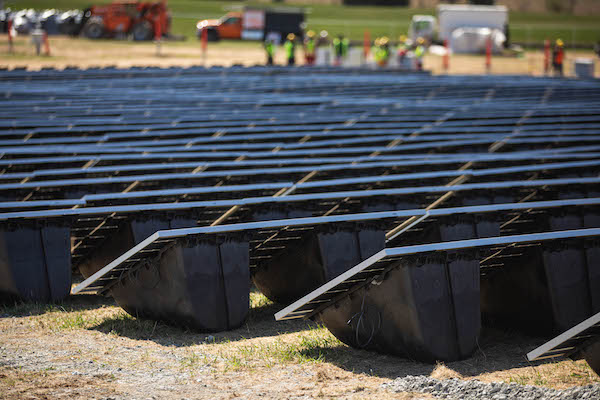
Alternative Energies May 15, 2023
The United States is slow to anger, but relentlessly seeks victory once it enters a struggle, throwing all its resources into the conflict. “When we go to war, we should have a purpose that our people understand and support,” as former Secretary ....
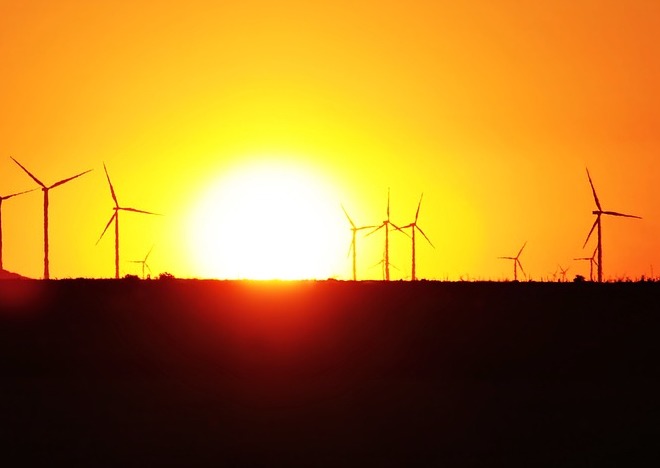
Unleashing trillions of dollars for a resilient energy future is within our grasp — if we can successfully navigate investment risk and project uncertainties.
The money is there — so where are the projects?
A cleaner and more secure energy future will depend on tapping trillions of dollars of capital. The need to mobilize money and markets to enable the energy transition was one of the key findings of one of the largest studies ever conducted among the global energy sector C-suite. This will mean finding ways to reduce the barriers and uncertainties that prevent money from flowing into the projects and technologies that will transform the energy system. It will also mean fostering greater collaboration and alignment among key players in the energy space.
 Interestingly, the study found that insufficient access to finance was not considered the primary cause of the current global energy crisis. In fact, capital was seen to be available — but not being unlocked. Why is that? The answer lies in the differing risk profiles of energy transition investments around the world. These risks manifest in multiple ways, including uncertainties relating to project planning, public education, stakeholder engagement, permitting, approvals, policy at national and local levels, funding and incentives, technology availability, and supply chains.
Interestingly, the study found that insufficient access to finance was not considered the primary cause of the current global energy crisis. In fact, capital was seen to be available — but not being unlocked. Why is that? The answer lies in the differing risk profiles of energy transition investments around the world. These risks manifest in multiple ways, including uncertainties relating to project planning, public education, stakeholder engagement, permitting, approvals, policy at national and local levels, funding and incentives, technology availability, and supply chains.
These risks need to be addressed to create more appealing investment opportunities for both public and private sector funders. This will require smart policy and regulatory frameworks that drive returns from long-term investment into energy infrastructure. It will also require investors to recognize that resilient energy infrastructure is more than an ESG play — it is a smart investment in the context of doing business in the 21st century.
Make de-risking investment profiles a number one priority
According to the study, 80 percent of respondents believe the lack of capital being deployed to accelerate the transition is the primary barrier to building the infrastructure required to improve energy security. At the same time, investors are looking for opportunities to invest in infrastructure that meets ESG and sustainability criteria. This suggests an imbalance between the supply and demand of capital for energy transition projects.
How can we close the gap?
One way is to link investors directly to energy companies. Not only would this enable true collaboration and non-traditional partnerships, but it would change the way project financing is conceived and structured — ultimately aiding in potentially satisfying the risk appetite of latent but hugely influential investors, such as pension funds. The current mismatch of investor appetite and investable projects reveals a need for improving risk profiles, as well as a mindset shift towards how we bring investment and developer stakeholders together for mutual benefit. The circular dilemma remains: one sector is looking for capital to undertake projects within their skill to deploy, while another sector wonders where the investable projects are.
This conflict is being played out around the world; promising project announcements are made, only to be followed by slow progress (or no action at all). This inertia results when risks are compounded and poorly understood. To encourage collaboration between project developers and investors with an ESG focus, more attractive investment opportunities can be created by pulling several levers: public and private investment strategies, green bonds and other sustainable finance instruments, and innovative financing models such as impact investing.
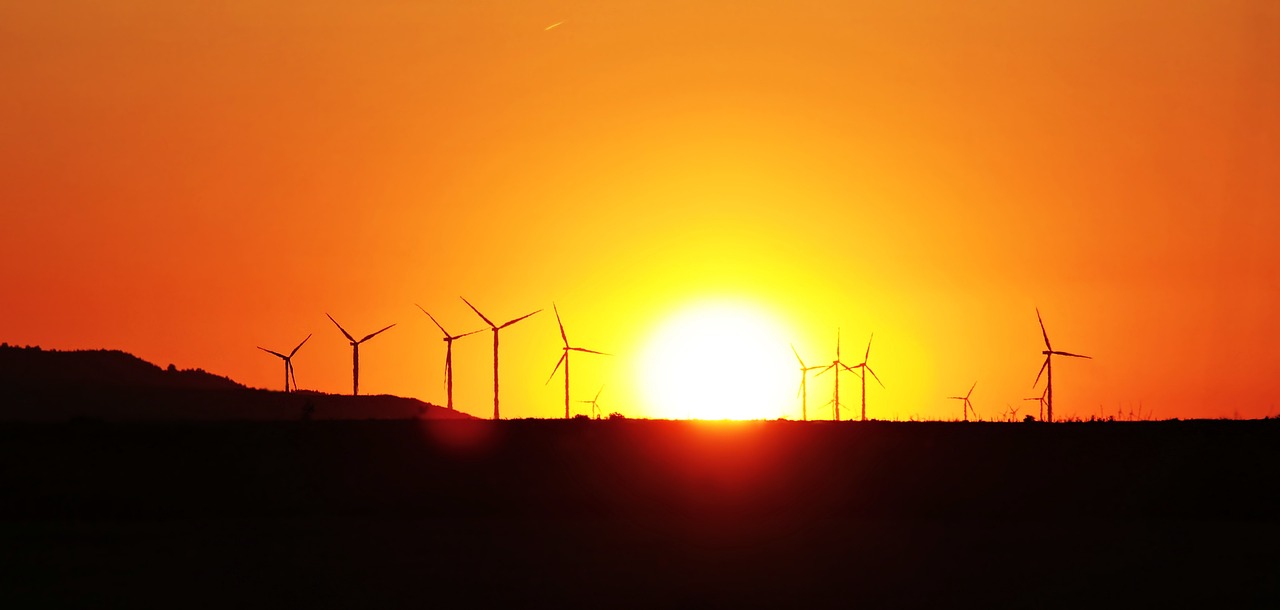
Expedite permitting to speed the adoption of new technologies
Another effective strategy to de-risk investment profiles is found in leveraging new technologies and approaches that reduce costs, increase efficiency, and enhance the reliability of energy supply. Research shows that 62 percent of respondents indicated a moderate or significant increase in investment in new and transitional technologies respectively, highlighting the growing interest in innovative solutions to drive the energy transition forward.
Hydrogen, carbon capture and storage, large-scale energy storage, and smart grids are some of the emerging technologies identified by survey respondents as having the greatest potential to transform the energy system and create new investment opportunities. However, these technologies face challenges such as long lag times between conception and implementation.
If the regulatory environment makes sense, then policy uncertainty is reduced, and the all-important permitting pathways are well understood and can be navigated. Currently, the lack of clear, timely, and fit-for-purpose permitting is a major roadblock to the energy transition. To truly unleash the potential of transitional technologies requires the acceleration of regulatory systems that better respond to the nuance and complexity of such technologies (rather than the current one-size-fits all approach). In addition, permitting processes must also be expedited to dramatically decrease the period between innovation, commercialization, and implementation. One of the key elements of faster permitting is effective consultation with stakeholders and engagement with communities where these projects will be housed for decades. This is a highly complex area that requires both technical and communication skills.
The power of collaboration, consistency, and systems thinking
The report also reveals the need for greater collaboration among companies in the energy space to build a more resilient system. The report shows that, in achieving net zero, there is a near-equal split between those increasing investment (47 percent of respondents), and those decreasing investment (39 percent of respondents). This illustrates the complexity and diversity of the system around the world. A more resilient system will require all its components – goals and actions – to be aligned towards a common outcome.
Another way to de-risk the energy transition is to establish consistent, transparent, and supportive policy frameworks that encourage investment and drive technological innovation. The energy transition depends on policy to guide its direction and speed by affecting how investors feel and how the markets behave. However, inconsistent or inadequate policy can also be a source of uncertainty and instability. For example, shifting political priorities, conflicting international standards, and the lack of market-based mechanisms can hinder the deployment of sustainable technologies, resulting in a reluctance to commit resources to long-term projects.
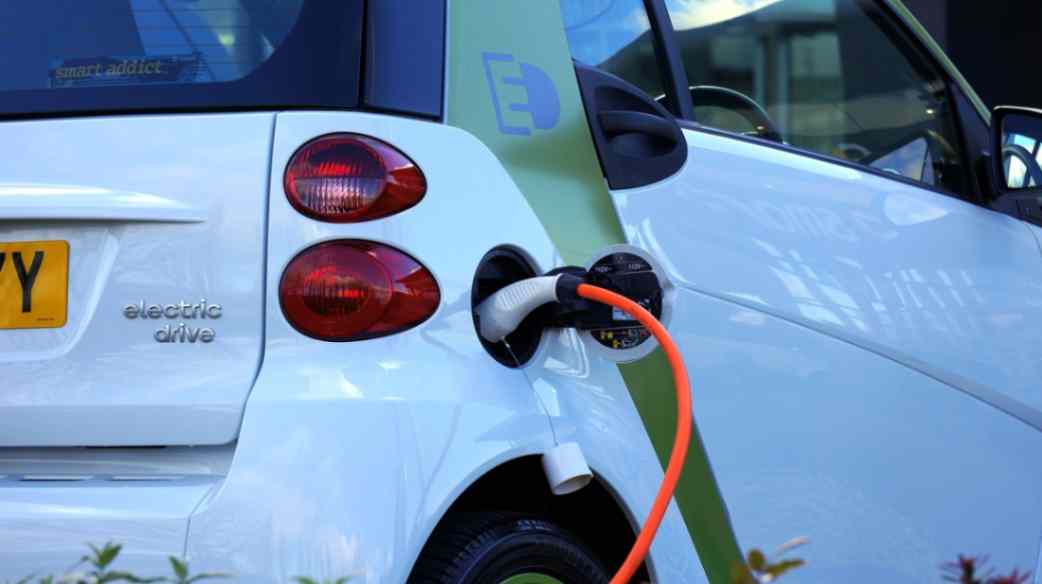
Variations in country-to-country deployment creates disparities in energy transition progress. For instance, the 2022 Inflation Reduction Act in the US has posed challenges for the rest of the world, by potentially channeling energy transition investment away from other markets and into the US. This highlights the need for a globally unified approach to energy policy that balances various national interests while addressing a global problem.
To facilitate the energy transition, it is imperative to establish stable, cohesive, and forward-looking policies that align with global goals and standards. By harmonizing international standards, and providing clear and consistent signals, governments and policymakers can generate investor confidence, helping to foster a robust energy ecosystem that propels the sector forward.
Furthermore, substantive and far-reaching discussions at international events like the United Nations Conference of the Parties (COP), are essential to facilitate this global alignment. These events provide an opportunity to de-risk the energy transition through consistent policy that enables countries to work together, ensuring that the global community can tackle the challenges and opportunities of the energy transition as a united front.
Keeping net-zero ambitions on track
Despite the challenges faced by the energy sector, the latest research reveals a key positive: 91 percent of energy leaders surveyed are working towards achieving net zero. This demonstrates a strong commitment to the transition and clear recognition of its importance. It also emphasizes the need to accelerate our efforts, streamline processes, and reduce barriers to realizing net-zero ambitions — and further underscores the need to de-risk energy transition investment by removing uncertainties.
The solution is collaborating and harmonizing our goals with the main players in the energy sector across the private and public sectors, while establishing consistent, transparent, and supportive policy frameworks that encourage investment and drive technological innovation.
These tasks, while daunting, are achievable. They require vision, leadership, and action from all stakeholders involved. By adopting a new mindset about how we participate in the energy system and what our obligations are, we can stimulate the rapid progress needed on the road to net zero.
Dr. Tej Gidda (Ph.D., M.Sc., BSc Eng) is an educator and engineer with over 20 years of experience in the energy and environmental fields. As GHD Global Leader – Future Energy, Tej is passionate about moving society along the path towards a future of secure, reliable, and affordable low-carbon energy. His focus is on helping public and private sector clients set and deliver on decarbonization goals in order to achieve long-lasting positive change for customers, communities, and the climate. Tej enjoys fostering the next generation of clean energy champions as an Adjunct Professor at the University of Waterloo Department of Civil and Environmental Engineering.
GHD | www.ghd.com
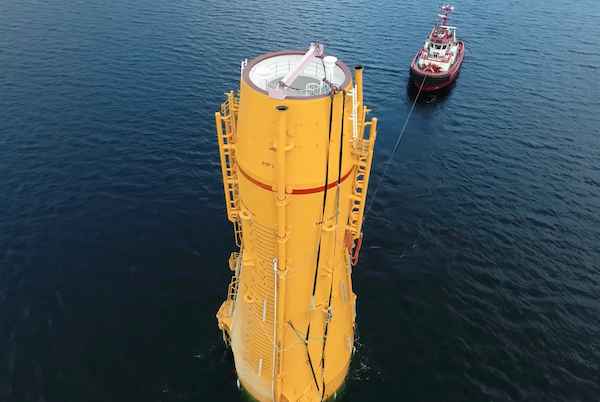
The Kincardine floating wind farm, located off the east coast of Scotland, was a landmark development: the first commercial-scale project of its kind in the UK sector. Therefore, it has been closely watched by the industry throughout its installation. With two of the turbines now having gone through heavy maintenance, it has also provided valuable lessons into the O&M processes of floating wind projects.
In late May, the second floating wind turbine from the five-turbine development arrived in the port of Massvlakte, Rotterdam, for maintenance. An Anchor Handling Tug Supply (AHTS)
vessel was used to deliver the KIN-02 turbine two weeks after a Platform Supply Vessel (PSV) and AHTS had worked to disconnect the turbine from the wind farm site. The towing vessel became the third vessel used in the operation.
This is not the first turbine disconnected from the site and towed for maintenance. In the summer of 2022, KIN-03 became the world’s first-ever floating wind turbine that required heavy maintenance (i.e. being disconnected and towed for repair). It was also towed from Scotland to Massvlakte.
Each of these operations has provided valuable lessons for the ever-watchful industry in how to navigate the complexities of heavy maintenance in floating wind as the market segment grows.

The heavy maintenance process
When one of Kincardine’s five floating 9.5 MW turbines (KIN-03) suffered a technical failure in May 2022, a major technical component needed to be replaced. The heavy maintenance strategy selected by the developer and the offshore contractors consisted in disconnecting and towing the turbine and its floater to Rotterdam for maintenance, followed by a return tow and re-connection. All of the infrastructure, such as crane and tower access, remained at the quay following the construction phase. (Note, the following analysis only covers KIN-03, as details of the second turbine operation are not yet available).
Comparing the net vessel days for both the maintenance and the installation campaigns at this project highlights how using a dedicated marine spread can positively impact operations.
For this first-ever operation, a total of 17.2 net vessel days were required during turbine reconnection—only a slight increase on the 14.6 net vessel days that were required for the first hook-up operation performed during the initial installation in 2021. However, it exceeds the average of eight net vessel days during installation. The marine spread used in the heavy maintenance operation differed from that used during installation. Due to this, it did not benefit from the learning curve and experience gained throughout the initial installation, which ultimately led to the lower average vessel days.
The array cable re-connection operation encountered a similar effect. The process was performed by one AHTS that spent 10 net vessel days on the operation. This compares to the installation campaign, where the array cable second-end pull-in lasted a maximum of 23.7 hours using a cable layer.
Overall, the turbine shutdown duration can be broken up as 14 days at the quay for maintenance, 52 days from turbine disconnection to turbine reconnection, and 94 days from disconnection to the end of post-reconnection activities.
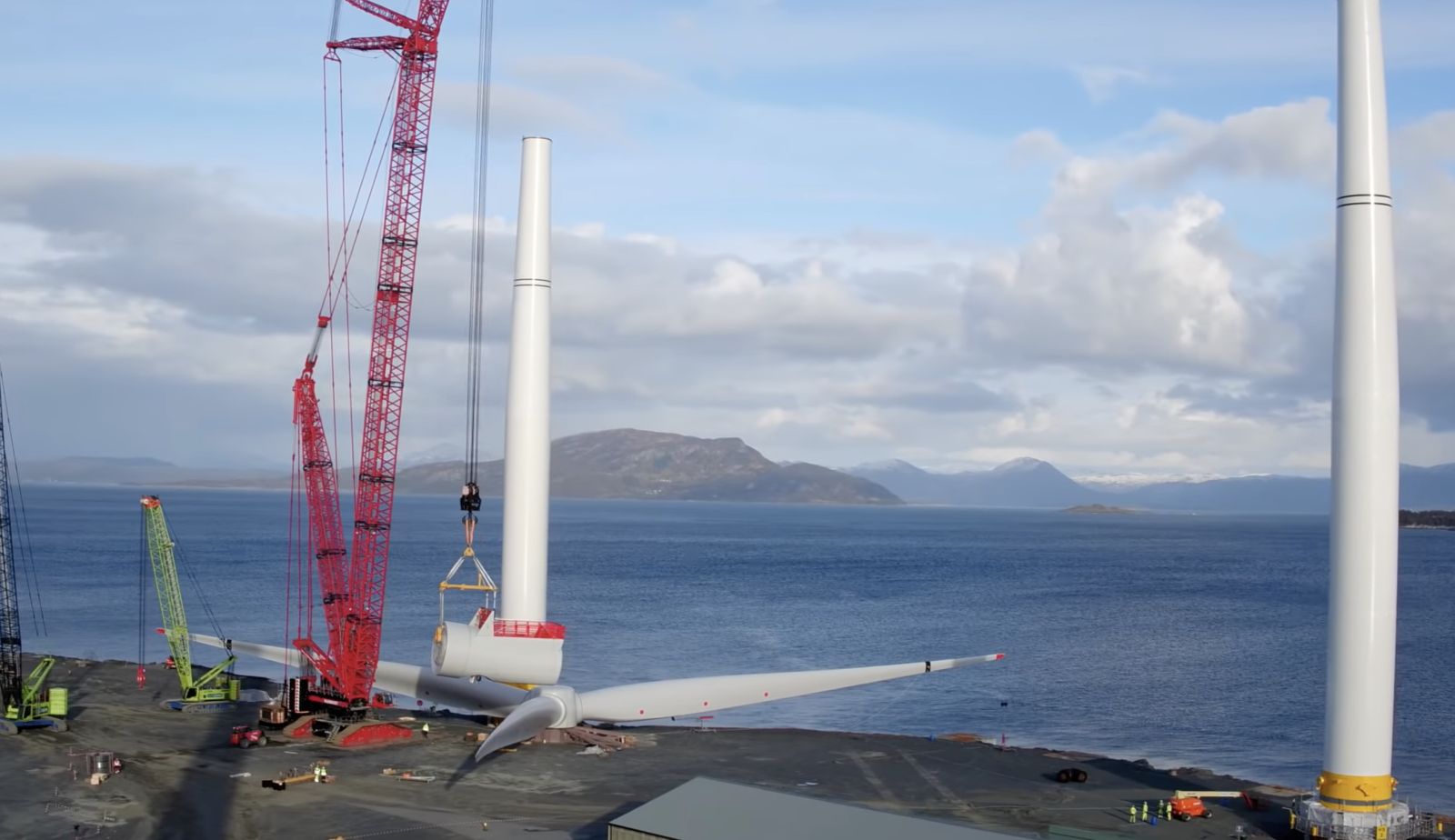
What developers should keep in mind for heavy maintenance operations
This analysis has uncovered two main lessons developers should consider when planning a floating wind project: the need to identify an appropriate O&M port, and to guarantee that a secure fleet is available.
Floating wind O&M operations require a port with both sufficient room and a deep-water quay. The port must also be equipped with a heavy crane with sufficient tip height to accommodate large floaters and reach turbine elevation. Distance to the wind farm should also be taken into account, as shorter distances will reduce towing time and, therefore, minimize transit and non-productive turbine time.
During the heavy maintenance period for KIN-03 and KIN-02, the selected quay (which had also been utilized in the initial installation phase of the wind farm project), was already busy as a marshalling area for other North Sea projects. This complicated the schedule significantly, as the availability of the quay and its facilities had to be navigated alongside these other projects. This highlights the importance of abundant quay availability both for installation (long-term planning) and maintenance that may be needed on short notice.
At the time of the first turbine’s maintenance program (June 2022), the North Sea AHTS market was in an exceptional situation: the largest bollard pull AHTS units contracted at over $200,000 a day, the highest rate in over a decade.
During this time, the spot market was close to selling out due to medium-term commitments, alongside the demand for high bollard pull vessels for the installation phase at a Norwegian floating wind farm project. The Norwegian project required the use of four AHTS above a 200t bollard pull. With spot rates ranging from $63,000 to $210,000 for the vessels contracted for Kincardine’s maintenance, the total cost of the marine spread used in the first repair campaign was more than $4 million.
Developers should therefore consider the need to structure maintenance contracts with AHTS companies, either through frame agreements or long-term charters, to decrease their exposure to spot market day rates as the market tightens in the future.

While these lessons are relevant for floating wind developers now, new players are looking towards alternative heavy O&M maintenance options for the future. Two crane concepts are especially relevant in this instance. The first method is for a crane to be included in the turbine nacelle to be able to directly lift the component which requires repair from the floater, as is currently seen on onshore turbines. This method is already employed in onshore turbines and could be applicable for offshore. The second method is self-elevating cranes with several such solutions already in development.
The heavy maintenance operations conducted on floating turbines at the Kincardine wind farm have provided invaluable insights for industry players, especially developers. The complex process of disconnecting and towing turbines for repairs highlights the need for meticulous planning and exploration of alternative maintenance strategies, some of which are already in the pipeline. As the industry evolves, careful consideration of ports, and securing fleet contracts, will be crucial in driving efficient and cost-effective O&M practices for the floating wind market.
Sarah McLean is Market Research Analyst at Spinergie, a maritime technology company specializing in emission, vessel performance, and operation optimization.
Spinergie | www.spinergie.com
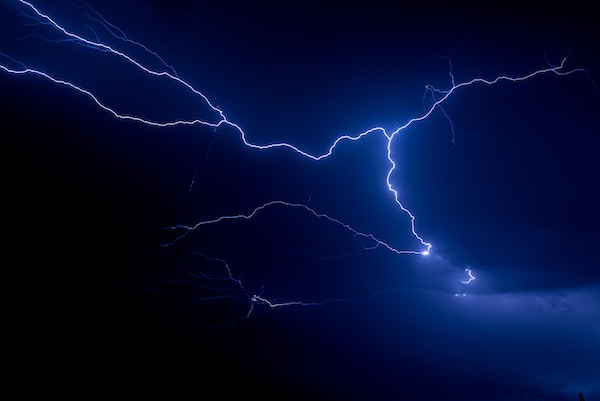
According to the Energy Information Administration (EIA), developers plan to add 54.5 gigawatts (GW) of new utility-scale electric generating capacity to the U.S. power grid in 2023. More than half of this capacity will be solar. Wind power and battery storage are expected to account for roughly 11 percent and 17 percent, respectively.
A large percentage of new installations are being developed in areas that are prone to extreme weather events and natural disasters (e.g., Texas and California), including high wind, tornadoes, hail, flooding, earthquakes, wildfires, etc. With the frequency and severity of many of these events increasing, project developers, asset owners, and tax equity partners are under growing pressure to better understand and mitigate risk.
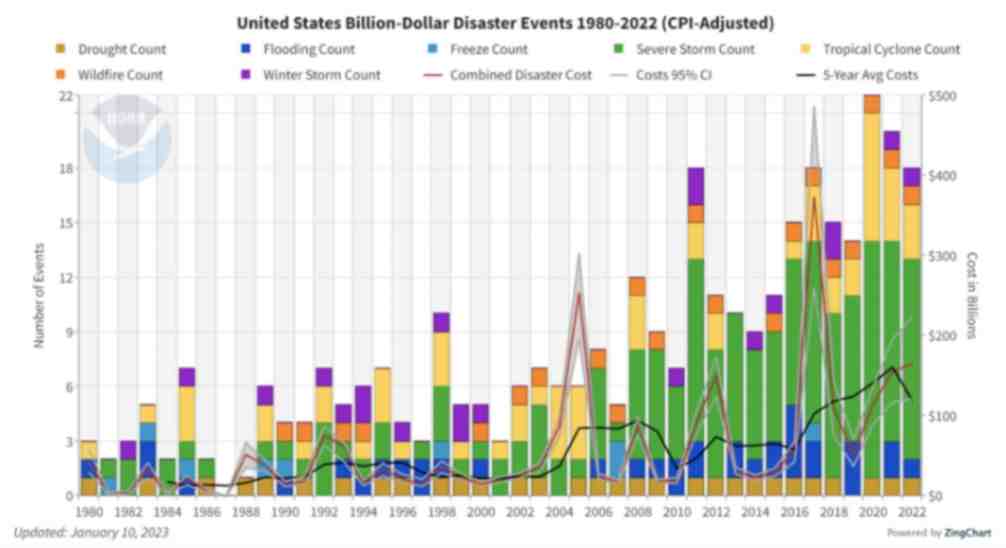
Figure 1. The history of billion-dollar disasters in the United States each year from 1980 to 2022 (source: NOAA)
In terms of loss prevention, a Catastrophe (CAT) Modeling Study is the first step to understanding the exposure and potential financial loss from natural hazards or extreme weather events. CAT studies form the foundation for wider risk management strategies, and have significant implications for insurance costs and coverage.
Despite their importance, developers often view these studies as little more than a formality required for project financing. As a result, they are often conducted late in the development cycle, typically after a site has been selected. However, a strong case can be made for engaging early with an independent third party to perform a more rigorous site-specific technical assessment. Doing so can provide several advantages over traditional assessments conducted by insurance brokerage affiliates, who may not possess the specialty expertise or technical understanding needed to properly apply models or interpret the results they generate. One notable advantage of early-stage catastrophe studies is to help ensure that the range of insurance costs, which can vary from year to year with market forces, are adequately incorporated into the project financial projections.
The evolving threat of natural disasters
Over the past decade, the financial impact of natural hazard events globally has been almost three trillion dollars. In the U.S. alone, the 10-year average annual cost of natural disaster events exceeding $1 billion increased more than fourfold between the 1980s ($18.4 billion) and the 2010s ($84.5 billion).

Investors, insurers, and financiers of renewable projects have taken notice of this trend, and are subsequently adapting their behavior and standards accordingly. In the solar market, for example, insurance premiums increased roughly four-fold from 2019 to 2021. The impetus for this increase can largely be traced back to a severe storm in Texas in 2019, which resulted in an $80 million loss on 13,000 solar panels that were damaged by hail.
The event awakened the industry to the hazards severe storms present, particularly when it comes to large-scale solar arrays. Since then, the impact of convective weather on existing and planned installations has been more thoroughly evaluated during the underwriting process. However, far less attention has been given to the potential for other natural disasters; events like floods and earthquakes have not yet resulted in large losses and/or claims on renewable projects (including wind farms). The extraordinary and widespread effect of the recent Canadian wildfires may alter this behavior moving forward.
A thorough assessment, starting with a CAT study, is key to quantifying the probability of their occurrence — and estimating potential losses — so that appropriate measures can be taken to mitigate risk.
All models are not created equal
Industrywide, certain misconceptions persist around the use of CAT models to estimate losses from an extreme weather event or natural disaster.
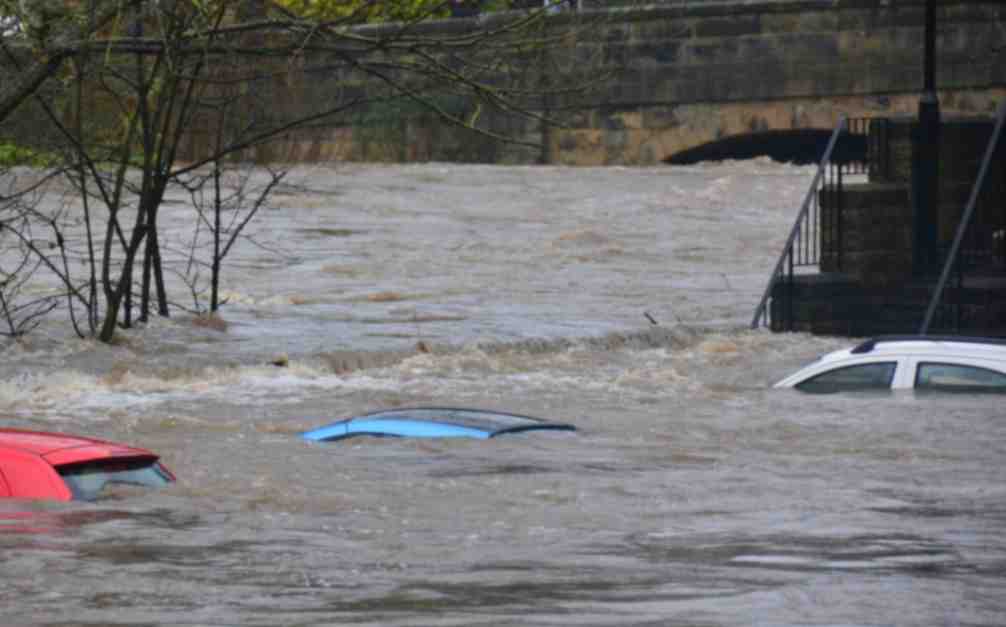
Often, the perception is that risk assessors only need a handful of model inputs to arrive at an accurate figure, with the geographic location being the most important variable. While it’s true that many practitioners running models will pre-specify certain project characteristics regardless of the asset’s design (for example, the use of steel moment frames without trackers for all solar arrays in a given region or state), failure to account for even minor details can lead to loss estimates that are off by multiple orders of magnitude.
The evaluation process has recently become even more complex with the addition of battery energy storage. Relative to standalone solar and wind farms, very little real-world experience and data on the impact of extreme weather events has been accrued on these large-scale storage installations. Such projects require an even greater level of granularity to help ensure that all risks are identified and addressed.
Even when the most advanced modeling software tools are used (which allow for thousands of lines of inputs), there is still a great deal that is subject to interpretation. If the practitioner does not possess the expertise or technical ability needed to understand the model, the margin for error can increase substantially. Ultimately, this can lead to overpaying for insurance. Worse, you may end up with a policy with insufficient coverage. In both cases, the profitability of the asset is impacted.
Supplementing CAT studies
In certain instances, it may be necessary to supplement CAT models with an even more detailed analysis of the individual property, equipment, policies, and procedures. In this way, an unbundled risk assessment can be developed that is tailored to the project. Supplemental information (site-specific wind speed studies and hydrological studies, structural assessment, flood maps, etc.) can be considered to adjust vulnerability models.
This provides an added layer of assurance that goes beyond the pre-defined asset descriptions in the software used by traditional studies or assessments. By leveraging expert elicitations, onsite investigations, and rigorous engineering-based methods, it is possible to discretely evaluate asset-specific components as part of the typical financial loss estimate study: this includes Normal Expected Loss (NEL), also known as Scenario Expected Loss (SEL); Probable Maximum Loss (PML), also known as Scenario Upper Loss (SUL); and Probabilistic Loss (PL).
Understanding the specific vulnerabilities and consequences can afford project stakeholders unique insights into quantifying and prioritizing risks, as well as identifying proper mitigation recommendations.
Every project is unique
The increasing frequency and severity of natural disasters and extreme weather events globally is placing an added burden on the renewable industry, especially when it comes to project risk assessment and mitigation. Insurers have signaled that insurance may no longer be the main basis for transferring risk; traditional risk management, as well as site and technology selection, must be considered by developers, purchasers, and financiers.
As one of the first steps in understanding exposure and the potential capital loss from a given event, CAT studies are becoming an increasingly important piece of the risk management puzzle. Developers should treat them as such by engaging early in the project lifecycle with an independent third-party practitioner with the specialty knowledge, tools, and expertise to properly interpret models and quantify risk.
Hazards and potential losses can vary significantly depending on the project design and the specific location. Every asset should be evaluated rigorously and thoroughly to minimize the margin for error, and maximize profitability over its life.
 Chris LeBoeuf is Global Head of the Extreme Loads and Structural Risk division of ABS Group, based in San Antonio, Texas. He leads a team of more than 60 engineers and scientists in the US, UK, and Singapore, specializing in management of risks to structures and equipment related to extreme loading events, including wind, flood, seismic and blast. Chris has more than 20 years of professional experience as an engineering consultant, and is a recognized expert in the study of blast effects and blast analysis, as well as design of buildings. He holds a Bachelor of Science in Civil Engineering from The University of Texas at San Antonio, and is a registered Professional Engineer in 12 states.
Chris LeBoeuf is Global Head of the Extreme Loads and Structural Risk division of ABS Group, based in San Antonio, Texas. He leads a team of more than 60 engineers and scientists in the US, UK, and Singapore, specializing in management of risks to structures and equipment related to extreme loading events, including wind, flood, seismic and blast. Chris has more than 20 years of professional experience as an engineering consultant, and is a recognized expert in the study of blast effects and blast analysis, as well as design of buildings. He holds a Bachelor of Science in Civil Engineering from The University of Texas at San Antonio, and is a registered Professional Engineer in 12 states.
ABS Group | www.abs-group.com
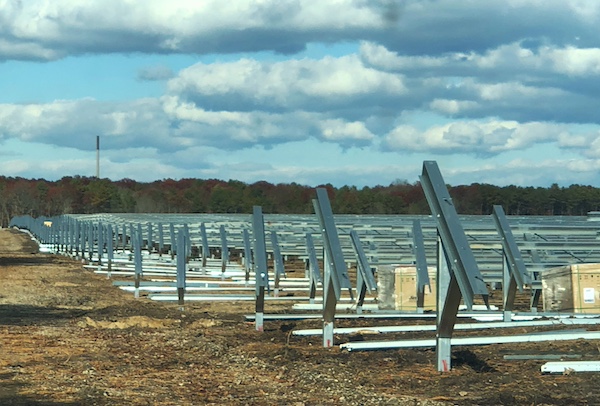
Throughout my life and career as a real estate developer in New York City, I’ve had many successes. In what is clearly one of my most unusual development projects in a long career filled with them, I initiated the building of a solar farm to help t....
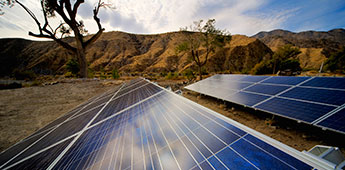
I’m just going to say it, BIPV is dumb. Hear me out…. Solar is the most affordable form of energy that has ever existed on the planet, but only because the industry has been working towards it for the past 15 years. Governments,....
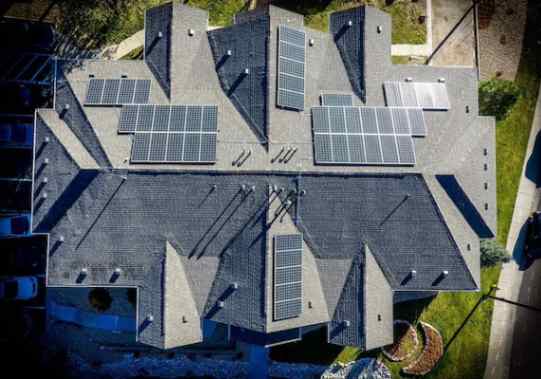
Heat waves encircled much of the earth last year, pushing temperatures to their highest in recorded history. The water around Florida was “hot-tub hot” — topping 101° and bleaching and killing coral in waters around the peninsula. Phoenix had ....
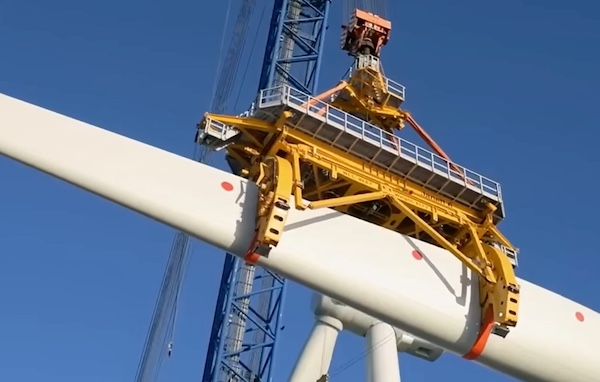
Wind turbines play a pivotal role in the global transition to sustainable energy sources. However, the harsh environmental conditions in which wind turbines operate, such as extreme temperatures, high humidity, and exposure to various contaminants, p....
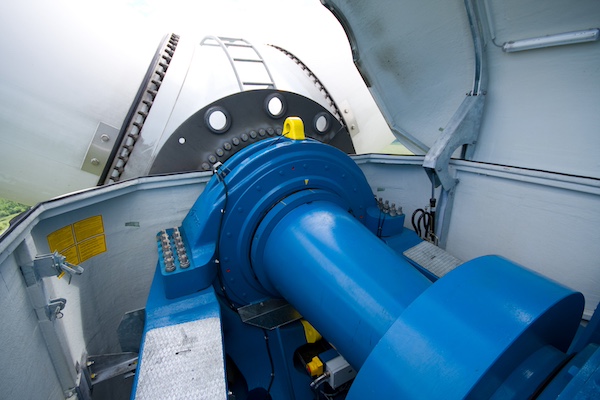
Wind energy remains the leading non-hydro renewable technology, and one of the fastest-growing of all power generation technologies. The key to making wind even more competitive is maximizing energy production and efficiently maintaining the assets. ....
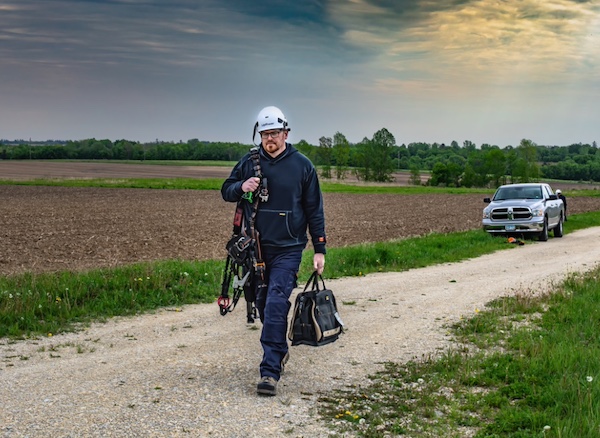
The allure of wind turbines is undeniable. For those fortunate enough to visit these engineering marvels, it’s an experience filled with awe and learning. However, the magnificence of these structures comes with inherent risks, making safety an abs....
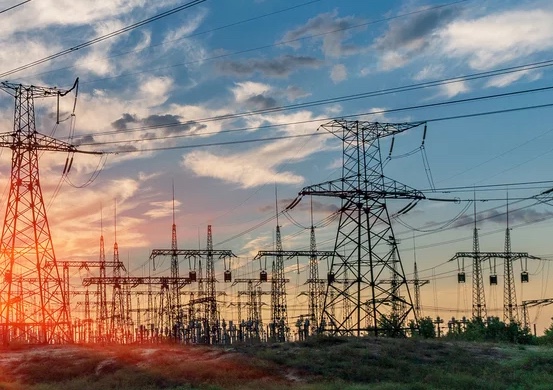
Battery energy storage is a critical technology to reducing our dependence on fossil fuels and build a low carbon future. Renewable energy generation is fundamentally different from traditional fossil fuel energy generation in that energy cannot be p....
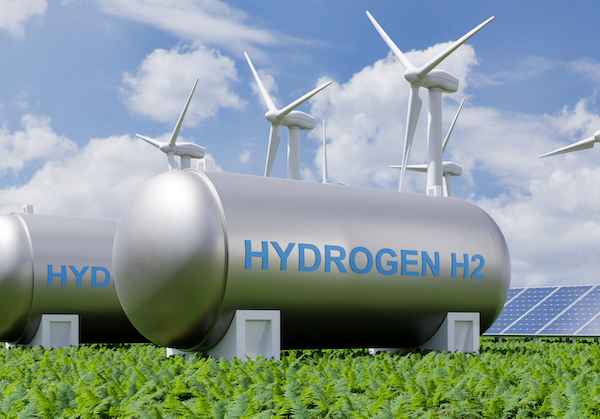
Not enough people know that hydrogen fuel cells are a zero-emission energy technology. Even fewer know water vapor's outsized role in electrochemical processes and reactions. Producing electricity through a clean electrochemical process with water....

In the ever-evolving landscape of sustainable transportation, a ground-breaking shift is here: 2024 ushers in a revolutionary change in Electric Vehicle (EV) tax credits in the United States. Under the Inflation Reduction Act (IRA), a transforma....

Now more than ever, it would be difficult to overstate the importance of the renewable energy industry. Indeed, it seems that few other industries depend as heavily on constant and rapid innovation. This industry, however, is somewhat unique in its e....

University of Toronto’s latest student residence welcomes the future of living with spaces that are warmed by laptops and shower water. In September 2023, one of North America’s largest residential passive homes, Harmony Commons, located....
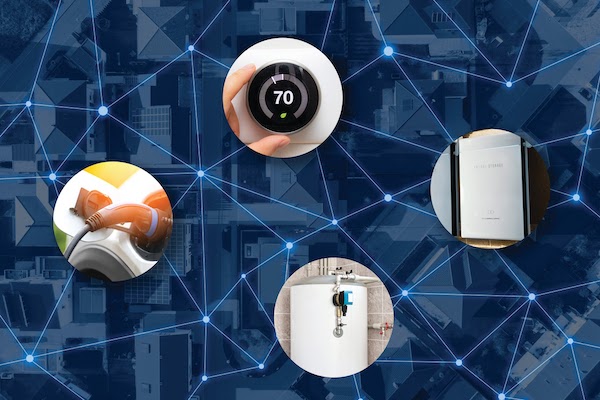
For decades, demand response (DR) has proven a tried-and-true conservation tactic to mitigate energy usage during peak demand hours. Historically, those peak demand hours were relatively predictable, with increases in demand paralleling commuter and ....